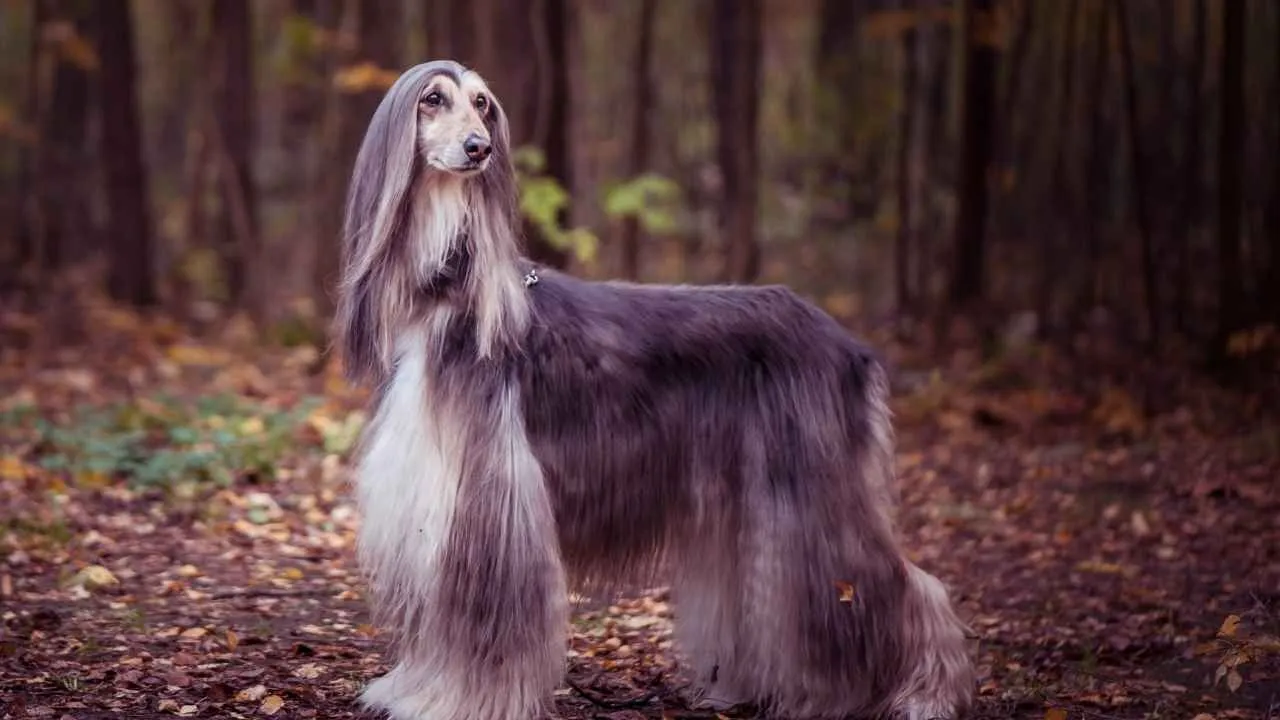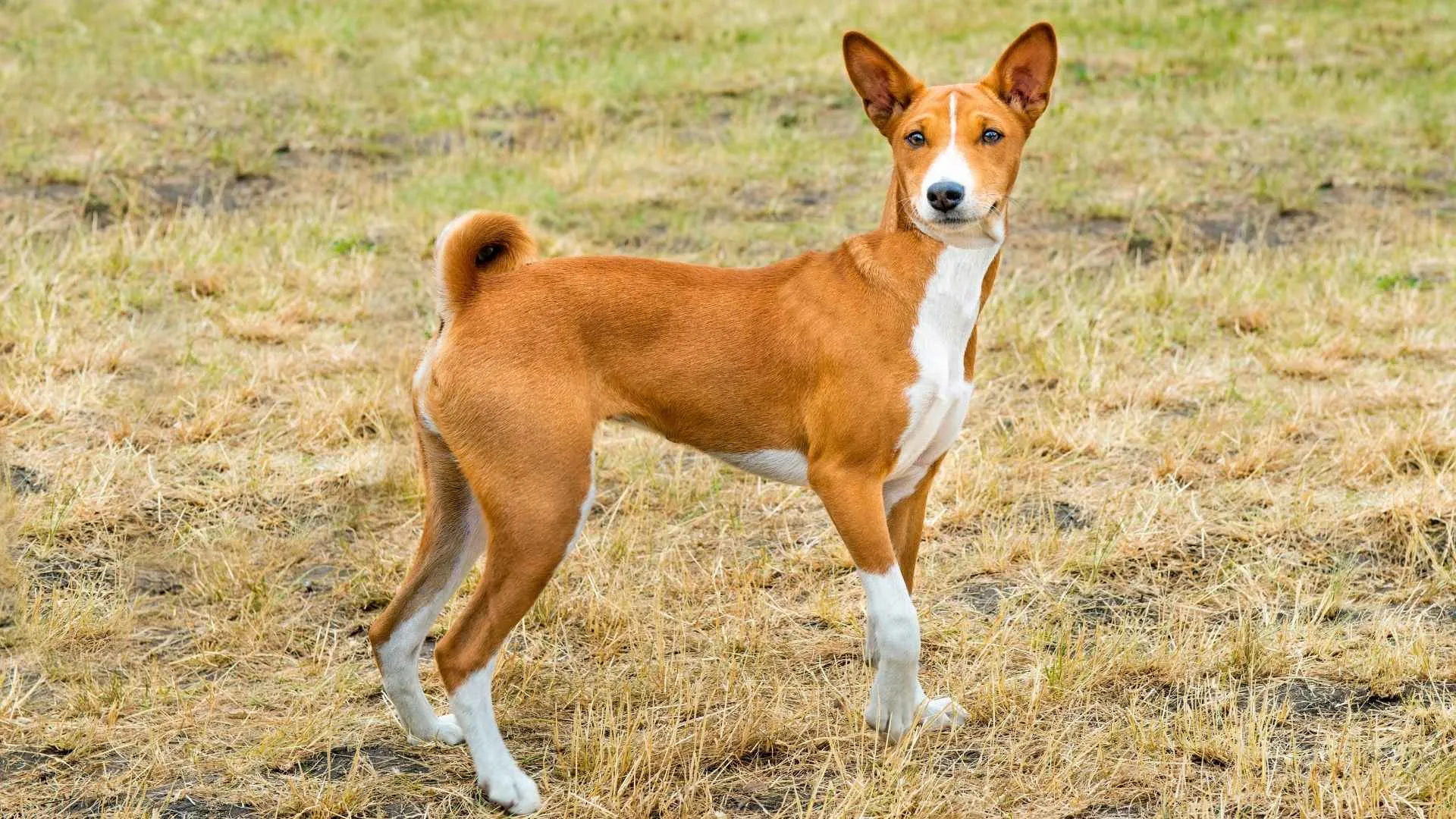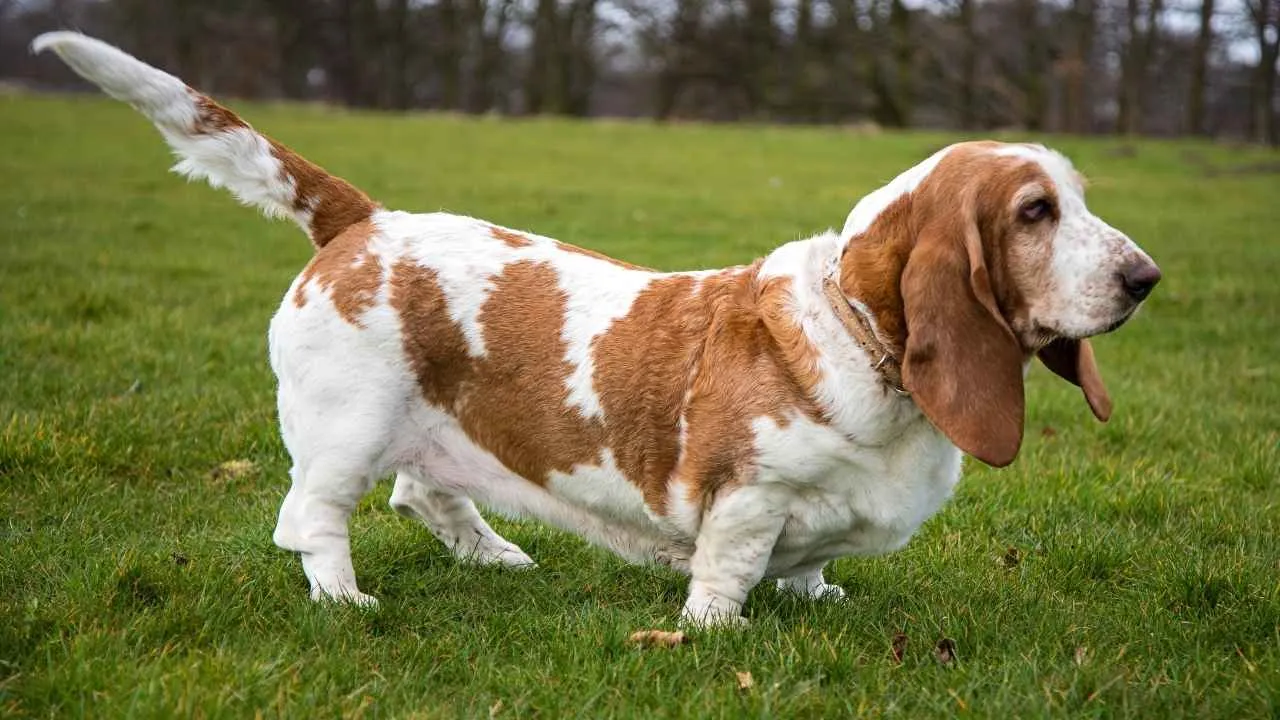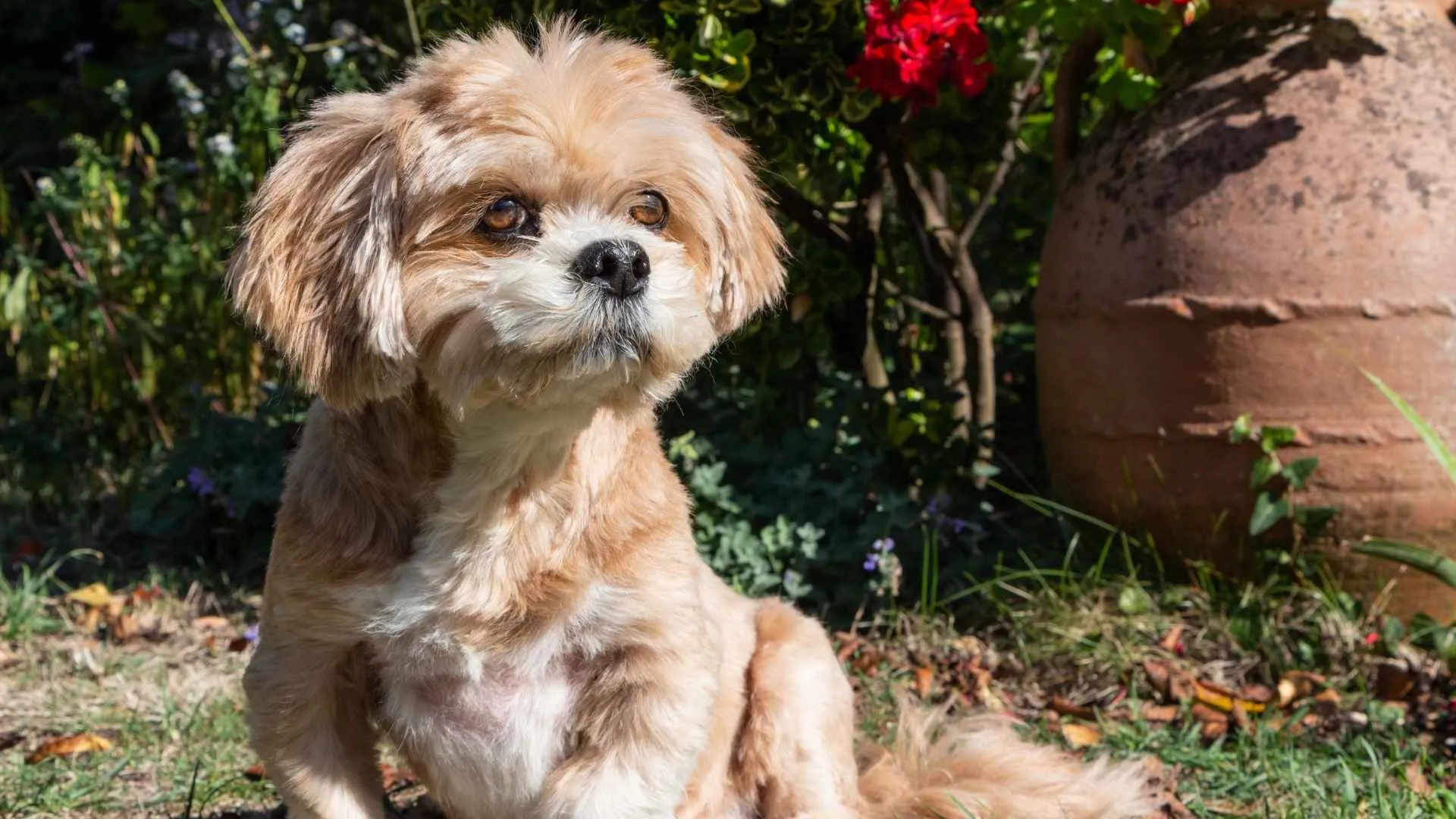You love dogs. You’ve always wanted one. You finally bring one home, full of joy, tail wagging, a perfect start. But then training begins. And nothing works. You repeat commands. Offer treats. Watch every tutorial online. Still, your dog seems to ignore it all.
You wonder if you’re a bad owner. You blame yourself. But here’s something most people won’t tell you: sometimes, it’s not you. It’s the breed. Some dogs simply don’t respond like others. They’re not bad. They’re not broken. They’re just wired differently.
They value freedom. They question commands. They act on instinct. And no matter how experienced you are, they will challenge you every single day.
If you’re feeling overwhelmed or just want to avoid the same mistake, you’re not alone. Before your dream turns into a daily headache, learn which companions are the most difficult to teach — the least trainable dog breeds.
Least Trainable Dog Breeds
1. Afghan Hound

The Afghan Hound is known for its independent nature, which often feels more like a personal code than a behavioral quirk. They process commands—but on their terms, not yours. Their strong will isn’t defiance; it’s selective participation based on what they think is worth their time.
Training is not a quick process
Obedience training with an Afghan Hound requires more patience than usual, simply because repetition doesn’t work the way it might with other breeds, as per the experts at PetMD. They get bored quickly if the task feels pointless to them. What sticks is subtle consistency, not rigid commands.
Graceful, not always cooperative
These dogs aren’t stubborn out of spite—they simply weren’t bred to take constant direction. Originally developed to hunt solo in rough terrain, their problem-solving instincts run deep. That autonomy often overshadows a desire to follow cues.
Social, but on their own terms
Afghans can live peacefully with other dogs, but they rarely seek out interaction unless it suits their mood. Their calm demeanor is sometimes mistaken for aloofness. In truth, they bond deeply, just not always in ways that look traditionally obedient.
2. Basenji

The Basenji stands out as a barkless dog, but that silence doesn’t reflect obedience—it’s just built into their anatomy. They communicate through yodel-like sounds, especially when something doesn’t sit right with them. That vocal difference is matched by a personality that’s equally unique.
More analytical than responsive
This breed isn’t reactive in the way most people expect from a companion. They’re natural analyzers—pausing, assessing, and only responding if they see a point. As one of the less obedient breeds, they view commands more like suggestions than rules.
Independent mind, clean habits
Often labeled as independent dogs, Basenjis operate with feline-like autonomy, as per Showsight Magazine. They groom themselves, dislike wet conditions, and prefer to decide when they want interaction. This self-contained behavior adds to the training challenge—they simply don’t crave approval.
Structure helps, not force
Proper training with a Basenji means balancing firm boundaries with mental stimulation. They resist repetitive drills and quickly tune out if it feels like a routine. Structure works best when it’s paired with novelty and minimal pressure.
3. Borzois

Borzois carry themselves with a calm, graceful presence, but that poise shouldn’t be mistaken for compliance. They tend to listen when it suits them, not when they’re told. Their responses often depend more on mood than motivation.
Independent from day one
Originally bred for coursing game across Russian plains, Borzois had to work without constant handler input, as highlighted by the AKC. That past shaped a deep-rooted independence in how they think. They instinctively assess situations instead of waiting for direction.
Patience is essential
Short training sessions work better than long drills, as this breed quickly tunes out anything repetitive. Harsh corrections or loud tones rarely produce results. What does help is a calm approach and rewards that feel worth their time.
Not wired for obedience-first roles
In terms of breed characteristics, Borzois are more intuitive than task-oriented. They thrive in low-pressure settings with lots of space and freedom. Expect cooperation only when the setting matches their temperament.
4. Beagle

Beagles are driven by scent to a fault—once their nose locks onto something, commands fade into background noise. This isn’t a lack of intelligence, but an overwhelming sensory focus. They’ll follow a trail for miles, completely tuning out everything else around them.
Training gaps are not about IQ
In terms of obedience intelligence, Beagles rank lower simply because they need extra motivation to follow rules. Repetition alone doesn’t work with them. Food rewards and variety in training sessions are critical if pet owners want lasting results.
Easily distracted, rarely rushed
Beagles process dog behavior differently than many other breeds; they’re not in a hurry to respond. Even basic cues take time to stick because their attention constantly shifts. It’s not defiance—it’s competing input that slows reaction.
Selective listening is real
Compared to certain breeds, Beagles need more environmental control to succeed in training. Outdoor distractions, unfamiliar smells, and moving animals all override verbal cues. Controlling the setting is often more effective than repeating the same command over and over.
5. Dachshund

Dachshunds weren’t just bred to burrow into tunnels—they were bred to make decisions without direction. This instinct for independent thinking makes them a challenge in structured training. They often weigh whether a task is worth their time before acting on it.
Their Priorities > Your Commands
When it comes to training commands, Dachshunds are notorious for responding on their own schedule. It’s not that they don’t understand; it’s that they believe they have better things to do. The idea of doing something “just because” rarely works with this breed.
A Nose That Overrides Everything
Scent drives this breed more than approval ever will. Once they’ve caught a whiff of something interesting, all focus disappears. Even in a controlled dog’s environment, a simple distraction like a trail of food crumbs can throw training completely off track.
Size Doesn’t Equal Simplicity
Though they fall under the category of small breeds, Dachshunds are no easier to train than larger, willful dogs. Their stubborn streak isn’t aggression—it’s a self-determined attitude that resists repetition. They require smart, adaptive approaches to even basic obedience.
6. Basset Hound

Basset Hounds are world-class scent trackers, bred to focus intensely on a single trail. That deep-rooted focus makes them tune out commands when their nose is busy. Their minds are wired for tracking, not fast response to verbal cues.
Slow to respond, not slow to think
The dog’s intelligence is often underestimated because of its laid-back demeanor. In reality, Bassets analyze situations quietly, but rarely act unless there’s a clear reason. Motivation must be tied to their interests, or they simply won’t engage.
The challenge of a stubborn temperament
This breed is infamous for its stubborn temperament, which shows up most during training. They’re not trying to push boundaries—they just don’t feel urgency to comply. Even food rewards sometimes fail if the timing or tone feels off to them.

Adapting your training methods
To make progress, consistent training with short, clear cues works better than standard routines. Traditional training methods don’t hold their attention long enough. If the approach feels repetitive or rushed, they’ll likely disengage completely.
7. Lhasa Apso

The Lhasa Apso wasn’t bred to fetch slippers—it was once the sentinel inside Tibetan monasteries. That role shaped its strong-willed, vigilant mindset. Its default setting is to assess, not to obey, which makes first-time training feel like negotiation.
Intelligence with Conditions
These are intelligent dogs, but they don’t respond just because you expect them to. They prefer to understand why something is worth doing. Tasks feel optional unless mentally stimulating or aligned with their personal sense of purpose.
Loyalty Without Compliance
Their loyal nature makes them devoted companions, but loyalty doesn’t automatically translate to obedience. They’ll stay close, alert, and affectionate, yet still question every new instruction. That internal independence can easily be mistaken for defiance.
A Breed That Sets Its Own Pace
Because of their stubborn nature, successfully training a Lhasa Apso means adjusting your approach, not your expectations. Short, firm sessions with a variety of work are better than rigid repetition. They’ll follow—but only if you’ve earned their respect first.
Conclusion
If your dog ignores your commands, you’re not alone — and you’re not failing. Some breeds just don’t operate on cue. Their brains are wired differently, shaped by centuries of survival, solitude, or specific tasks. These are the least obedient dog breeds, but that doesn’t make them bad dogs.
In fact, many are clever dogs in disguise — quick to think, but slow to comply. Positive reinforcement works best here. Forget force; use patience, play, and trust. While these may not rank high in working and obedience intelligence, they can shine in other areas — loyalty, alertness, and emotional bonding.
Every dog has strengths. You just have to work with what they offer. Independent breeds might not sit when told, but they’ll stand by you when it matters. Train with love, not control. Because real progress happens when both of you learn together, not when one is forced to follow.


